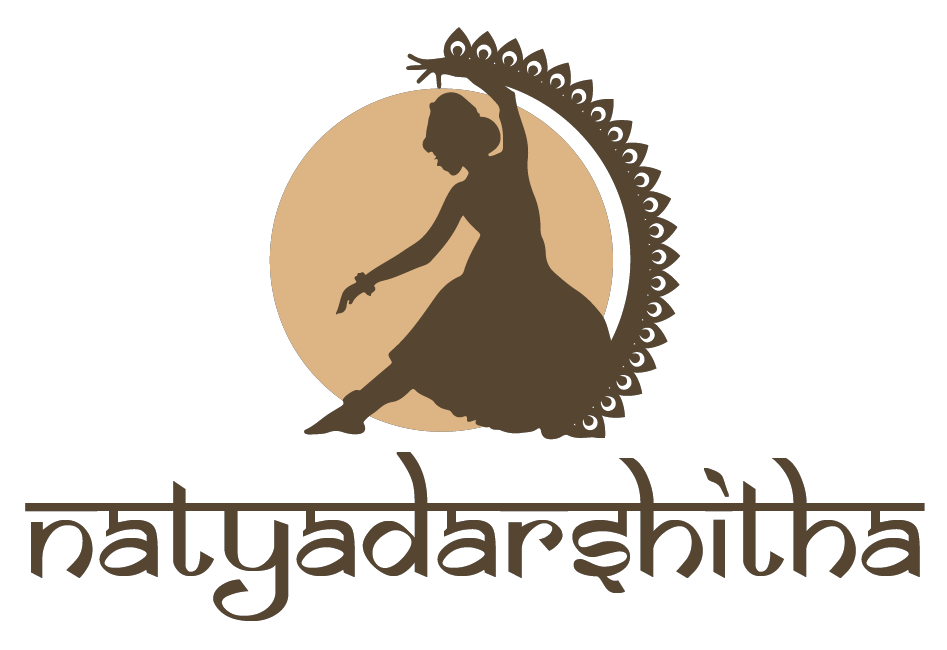Natya Shastra
The Natyasastra of Bharata Muni is the first source of our knowledge of Indian dance. The subject has had a profound influence on all later works in which not one of the many dance texts has attempted to describe dance without sufficient borrowing from the Natyasastra. The impact of the Natyasastra is so deep and enduring that it combines the theory and practice of creating concepts of dance as it describes its technique. These concepts should be closely examined, as they remain central to all discussions on dance. These concepts can be set in the context of Bharata Muni’s broader view of drama, dance, and music keeping in mind the place that Bharata Muni presents these arts in a social structure.
According to Bharata, the Natya Veda in plays is the fifth Veda, which was created by Brahma. Bharata along with hordes of Apsaras and Gandharvas gave a presentation on Natya, nritya in front of Lord Siva. “Bharata has called this fifth Veda the Natyaveda: natyakhyam pancamam vedam.” The dance is seen as an introduction to the dramatic performance by Bharata. It was Lord Siva, who performed theatrical to add beauty to it besides dance.
The title of the text is made up of two words ‘Natya’ and ‘Sastra’. The Sanskrit word Natya means ‘act or represent’ and Sastra means ‘presupposition, rule, manual, compilation, book or treatise’ and is commonly used as a suffix in the context of Indian literature for knowledge in a defined area of practice. The date of creation of the Natyasastra is unknown, with estimates varying from 500 BCE to 500 CE. The text may have begun in the first millennium BCE, extending over time and most scholars suggest that the first complete version of the text was probably finished between 200 BCE and 200 CE, based on the mention of the text in other Indian literature. The Naras astra is traditionally associated with a 37,000-verse Vedic work called Adibharata.
